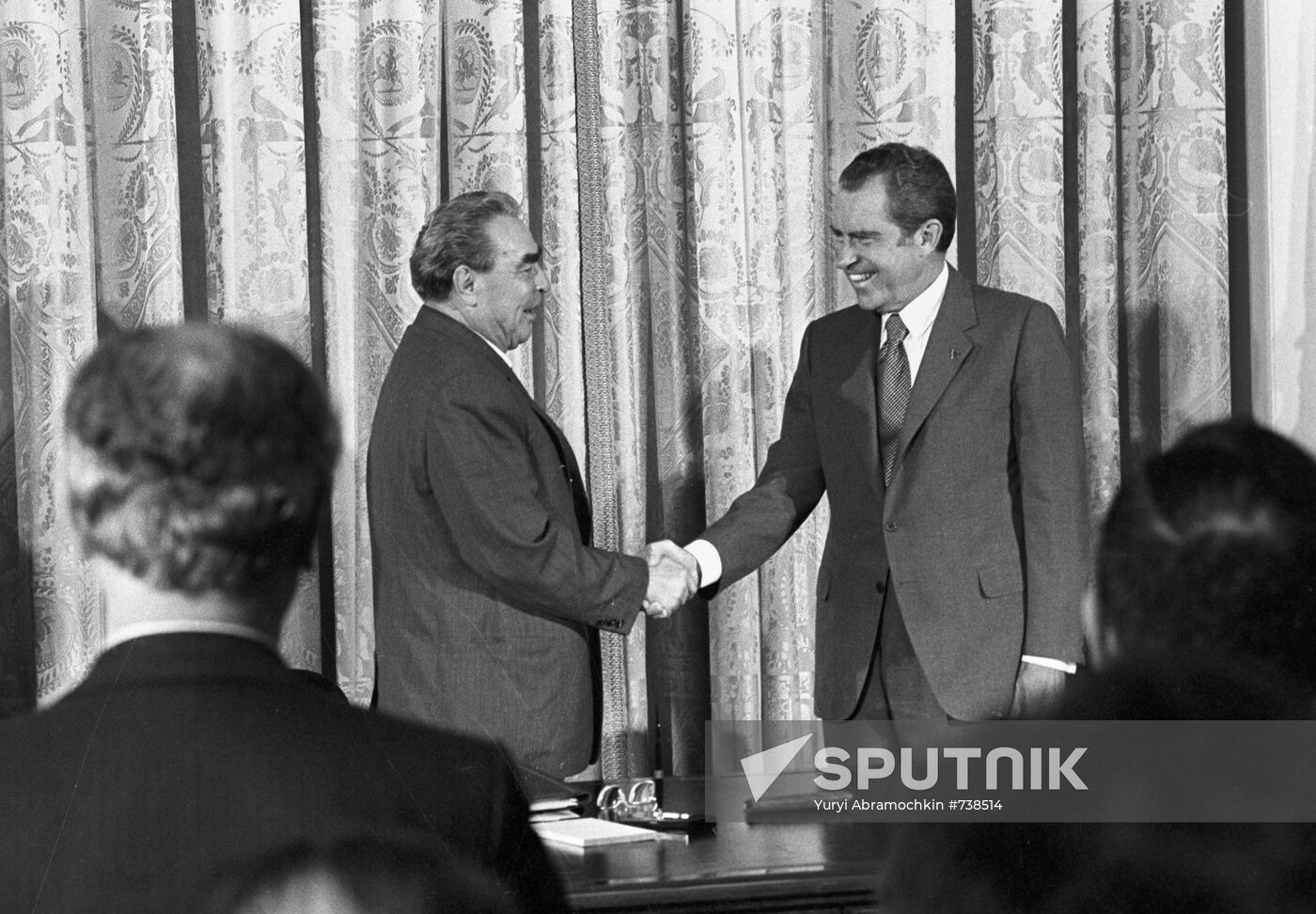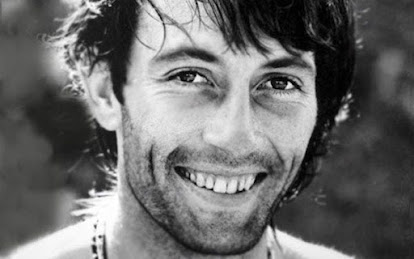M11
A.
"Goin' home" taken by Ed Clark
B. This picture, named "going home" is an interesting take with seemingly high amounts of emotion being captured in frame. I honestly can't tell if these are tears of joy or tears of sadness. Based on the way it looks I would have to think they are from sadness, it actually looks a lot like a military memorial service, possibly a service for one of his fallen brothers. The people in the background look sad too, focusing on their body language everyone looks very down and gloomy. If I had to guess when this picture is taken from I'd have to guess somewhere between 1951-1963, basing this off of the black-and-white, wars at the time, clothing of bystanders, and style of architecture. It looks like it was taken somewhere in the south as well, big white houses with columns for support. Maybe Virginia, Carolinas, or Georgia. Something Professor Nordell said in Photojournalism and Bias Pt 2 at 0:48 he talks about the differing of news organization political bias "for example Fox News is considered very conservative and MSNBC for example is much more liberal." I wonder if there were any other news outlets that negatively portrayed this picture, after reading I could see this was from a funeral and that the soldier was sad. Did any news source opposing this specific Presidential administration ever try and use this to try and display a certain message, like some of the people in the background not looking concerned or sad.
C.
Emotion- Chief Petty Officer Graham Jackson can be seen in the image playing the accordion while crying profusely. A pressing story about national grief is shared using this deep portrayal of emotion. You can see the shared feelings by looking at the people in the background, this is located at some depressing event.
Composition- By centering the viewer's attention on Jackson and the instrument, Clark's form highlights the goal of the photograph. Without removing from the main the subject, the surrounding features like the bystanders being upset as well, offer context. You can see the photographer wanted the people to be seen behind Jackson to make sure there was this context.
Lighting- The photograph's lighting enhances Jackson's face and the instrument he's playing, presenting an interesting contrast that strengthens the emotional influence. Harnessing natural light assists in ensuring the scene's authenticity and gloomy feel. The framing perfectly encapsulates what the photographers goal was. Before reading I thought this was a funeral and the lighting adds to this.
D.
"Tank Man" Tiananmen Square (1989) picture taken by Jeff Widener
I feel this image embodies the truth perfectly, it clearly illustrates the true feelings of this man. He doesn't care anymore about the oppression or threats he may face. He is looking death and destruction in the face and not moving. This image is so powerful because a majority of the Chinese public felt the same way but they were all afraid to speak up. The Chinese government tried very hard to cover this whole incident up and is said to not even be taught in Chinese history. The truth still however lives on and this man will forever be remembered in history. Definitely one of the most powerful images ever taken. As Professor Nordell says in Photojournalism and Bias Pt 1 at 0:31 he took some unfavorable pictures of republicans "I took some images of republican candidates that were very unflattering" these candidates may have not known they were being photographed, the Chinese knew they were being watched. It goes back to earlier lessons where we discussed knowing about being photographed and how it changes the truth in pictures. However I find it an interesting point in Photojournalism and Bias Pt 1 1:21 where Professor Nordell talks about not taking pictures of those in a way you wouldn't want to yourself, "subscribed to the rule that I wouldn't photograph somebody in a way that I myself would not want" this picture makes you think about when does that not apply to things anymore? This makes the Chinese look bad so is it okay to take the picture still? There is an obvious logical answer but what about in a more philosophical sense, is it hypocritical?
E.
Leonid Brezhnev and Richard Nixon (1973) picture taken by Yuryi Abramochkin
I picked this image for not being truthful because I feel there are numerous lies hidden within this picture. Starting off with the Soviet and US relationship, you would think due to constant meetings and discussions between administrations that the Nixon era was a cool point of the Cold War. This just wasn't the case, the United States and Soviets were very hostile towards each other behind closed doors, Vietnam being a perfect example. Watergate scandal as well, Nixon was imaged as a good honest and respectful man in international and domestic politics, this would soon shatter though as secrets would emerge about Nixon that ultimately lead to his impeachment and resignation of office. Brezhnev as well, here he is pictured in a good way, being friendly, smiling, maybe welcoming too, but he was a cruel Soviet dictator that used fear as an enforcement of power, much like the Chinese Government, the Soviets weren't much better. In Photojournalism and Bias Pt 1 at 1:59 Professor Nordell talks about truth in photojournalism and the origin of it but also of not telling the truth, "some of the origins of truth or lack of truth" I feel the Soviet Union could be considered an origin for lack of truth in photojournalism or even truth, so much propaganda surrounding the Cold War truth is such a rare thing even with the United States. I think this picture could also highlight an issue with pictures, in Photojournalism and Bias Pt 1 at 2:57 Professor Nordell reads about an event with the London illustrated, "people who were fed a diet of pictures might forget important things" I feel while not being a substantial issue but just one to think about wile looking at this picture. If one who was uneducated about the Cold War might think this is an ending point where in reality it was far from the case.
F.
For both of these images I mainly applied logic and reason for my way of knowing the truth. A man standing in front of 4 tanks, why? I learned about the event many years ago and I am knowledgable about the Chinese government, I can use this facts to determine the pictures "truth".
2 politicians shaking hands, looks friendly, happy, and unified, in reality it is quite the opposite, I know about Nixon and what he did, I know it's not right because dishonesty at the presidential level isn't logically sound. The picture is deceiving.
G.
Picture A:
Perspective- pictured at a heightened elevation and angle descent gives a perfect view of this encounter. The perspective gives more emphasis to the issue. The empty streets, distinct size difference of tank to man, the clear obstruction he is making, or the fact of being drastically outnumbered. This perspective allows for so many clues to the picture's goal.
Timing- In order to get this powerful of a picture timing of it must be good and the photographer certainly accomplishes this. The man trying to block them doesn't work long at all as when this happened the tanks kept trying to go around the man. For this photographer to get this picture he had to get it at the exact perfect time, this tells a much more powerful story.
Symbolism- There are so many symbols to analyze in this photograph, not even all intentional by the photographer either. The man resembling the people of china, courage, stubbornness, heroics, and plenty of others. The fact of being outnumbered symboling it only takes a little resistance to show true power against oppression.
Picture B:
Depth Of Field- The photographer utilizes the distance at which they are taking the picture to center the idea of the picture. I think the picture's goal is to describe unity, the blurry surroundings could symbol that anything else before this moment doesn't matter anymore. The United States and Soviet Union supposedly moving past tensions. The depth helps reduce distractions from this idea.
Background- If you look closer at the background and surroundings of the image you can see there is not much around it. This adds concentration towards the two leaders in frame, specifically the hand shaking. Useless clutter around center ideas take away from the storytelling element of pictures and this journalist took advantage of his viewing point with this background.
Focus- Much like the background and depth of field, the focus is clear and draws a lot of attention. The 2 heads centering the piece of paper signed and the hands shaking add to the different sides and story of this image. The journalist is definitely an experienced one that knows how to utilize the scenery around his idea.




Comments
Post a Comment